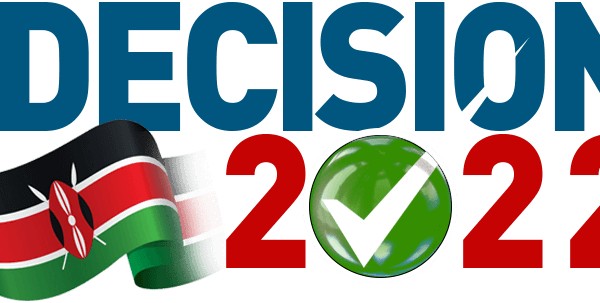As it appeared in the Daily Nation on July 25th, 2017
Many of us might have a story to tell about a toxic workplace experience. It is easy for us to recognize a work environment where toxicity is customary. A toxic work environment is one characterized by infighting, blame games, witch-hunting, sabotage, drama, negativity, hostility, burnout, incompetent managers, micro-management, poor communication or no communication at all, lack of transparency and anything else toxic. It is quite unfortunate that there are a number of such workplaces all around us. Is yours a toxic work environment?
Having worked in several organizations and interacted with hundreds, it has been evident that many of our organizations are struggling with toxicity yet they are doing nothing about it. Toxicity at the workplace is unhealthy and it is harmful. I believe that such an environment drains out energy from the best employees and dampens their spirit, it lowers overall productivity and it negatively influences customer experience. Staff detest such a work environment; they look forward to the end of the day and are ready to move on. In addition, customers easily identify signs of an unhealthy work environment. Regrettably, some managers seem to delight in such work environments.
Why do we experience and even tolerate such toxicity at the workplace? I have closely observed toxic work environments and briefly worked in one. My experience is one that I hate to remember but one that taught me how not to manage. The toxicity experienced in such workplaces is often because the boss is toxic or malicious or the employee are hostile to one another and to their managers. Such bosses and employees poison the atmosphere around them. When the leadership is toxic, the toxicity quickly spreads out to the rest of the organization and it easily becomes embedded into the culture.
Creating a healthy work environment is a leadership responsibility. Unless managers admit that there is an issue at the workplace, it is difficult to take corrective action and work towards creating a healthy work environment. The leadership must take the pulse rate of their organizations regularly to determine toxicity levels. Today, most smart companies have human resources experts driving the work place environment agenda. They have the responsibility to lead in hiring and development of competent managers. Such managers are expected to drive a supportive and inspiring atmosphere and to hire staff with the right cultural orientation. Is your workplace environment getting better or getting worse?
Earlier this year, Gallup released a study report titled “State of the American Workplace”. The study had more than 31 million respondents. The study report indicates that 33% of U.S. employees are actively engaged, 51% are not engaged and 16 % are actively disengaged. Actively disengaged employees are likely to be toxic. In the opening letter, Jim Clifton, Gallup chairman and CEO states that the 16% actively disengaged employees are miserable in the workplace and destroy what the most engaged employees build. I wonder what percentage of our managers and employees fall in this category? How many of them are actively driving the toxicity agenda?
Smart companies recognize the need to build a healthy culture where toxicity cannot survive. Such companies know that when the culture is healthy, it attracts the right kind of people and naturally sieves out the toxic ones. If yours is a toxic work environment, it is time to acknowledge the issue and take action. No one can build a great company culture, or fix a toxic one, without taking the right action!
Lucy Kiruthu is a Management Consultant and Trainer connect via twitter @KiruthuLucy









